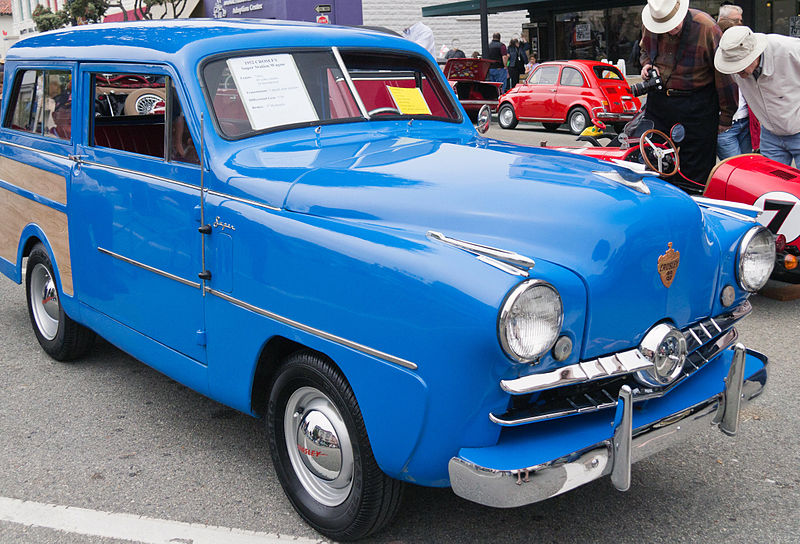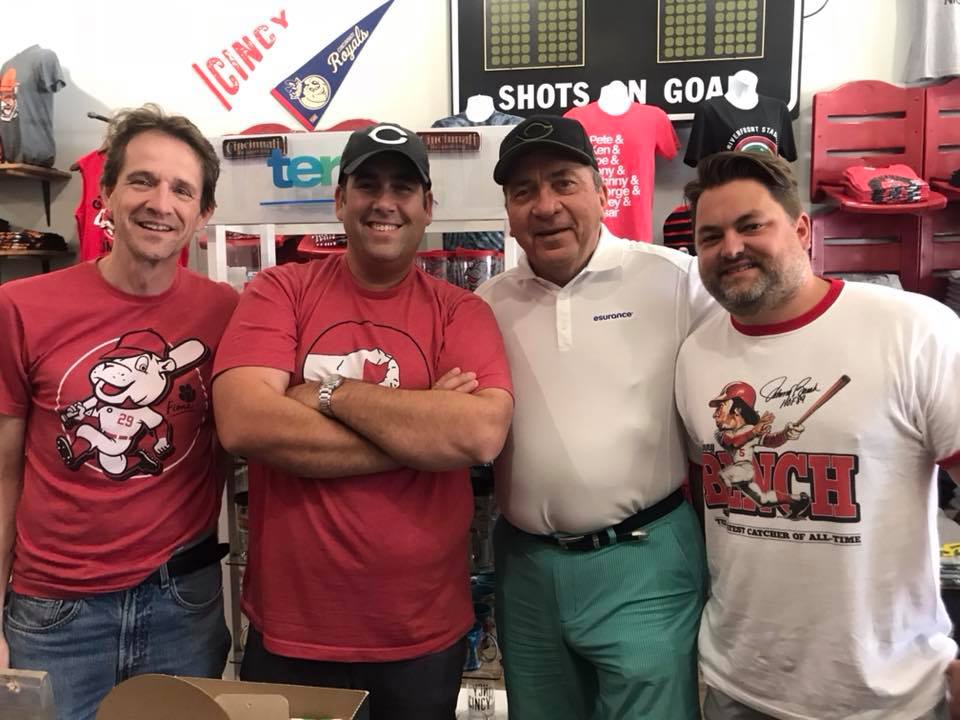Powel Crosley is one of America’s great broadcasting pioneers. However, the Cincinnati entrepreneur also dabbled in several other businesses including appliances, baseball, and automobiles. His interest in the latter, in fact, pre-dated his interest in broadcasting.
While many Cincinnatians are familiar with the Crosley automobile produced between 1939 and 1952, thanks to the Cincinnati Museum Center’s display of a Crosley wagon, his first attempt to build a car dates to 1898 when he was just 12 years old. At 21, he developed a car called the Marathon Six, but that vehicle never made it past the prototype phase.
While those efforts didn’t work out, Crosley, as a young man, wound up starting a successful auto parts and accessories business. This gave him the capital to enter the fledgling radio industry, both on the broadcasting and manufacturing sides, buying a baseball team (the Reds), as well as eventually funding his dream project, making automobiles.
That got underway in 1939 with the introduction of the first Crosley model, a two-door convertible, at the Indianapolis Motor Speedway. Priced at around $350, it was the most affordable car being offered in the United States at the time.
Most Crosley’s were powered by a 2-cylinder Waukesha engine, which is still made today. Later models had 4-cylinder engines but those proved unreliable.
The company built just over 2,000 cars in 1939. Production dipped to just over 400 in 1940, then went back up over 2,300 in 1941 with the introduction of several new models including what would be the company's most popular, the station wagon.
Production ceased during World War II, with Crosley being the last automaker to halt its commercial operations. To help the war effort, Crosley made several types of vehicles for the military, as well as gun turrets, fuse mechanisms, and, of course, radio equipment.
Photo: Rick Verbanec
After the war, car production resumed with almost 5,000 vehicles rolling off the line in 1946, and over 25,000 being built in 1947. The car even entered markets overseas where they were called Crosmobiles. The name change was necessary to avoid confusion with Britain’s Crossley Motors. Crosmobiles were also sold in Cuba. However, sales back home slumped even with a booming post-war economy. Americans, it seemed, tired of cutting back and rationing during the war years, longed for bigger, fancier cars. With sales of only 1,200 cars in 1952, production came to a halt.
Had Crosley been able to hang on for a few years, it might have become America’s preferred small car maker, a market that would soon become dominated by foreign auto companies. As Crosley stopped making cars, Volkswagen was exporting the Beetle to America. Introduced to the United States in 1949, the car’s sales grew steadily leading to the establishment of Volkswagen of America in 1955.
Many Crosley’s survive to this day, and they go from as little $6,000 to over $30,000, depending on condition and rarity. The Cincinnati Museum Center has two in its collection. One of those cars, the wagon, was restored with the assistance of our very own Loveland store manager Dan Striley, who used to work at the Museum Center. Ask him about it next time you’re in our Loveland store.



6 comments
Rob Champlin
Nice job on the Crosley story.
Chase Creek Restorations
Leave a comment
This site is protected by hCaptcha and the hCaptcha Privacy Policy and Terms of Service apply.